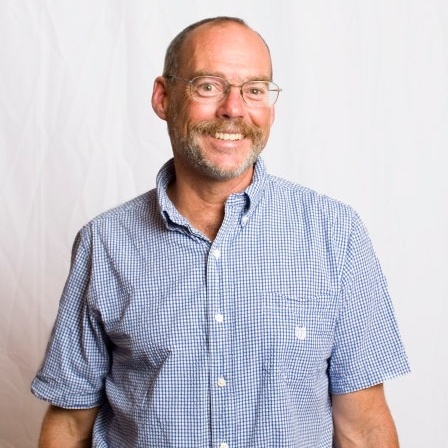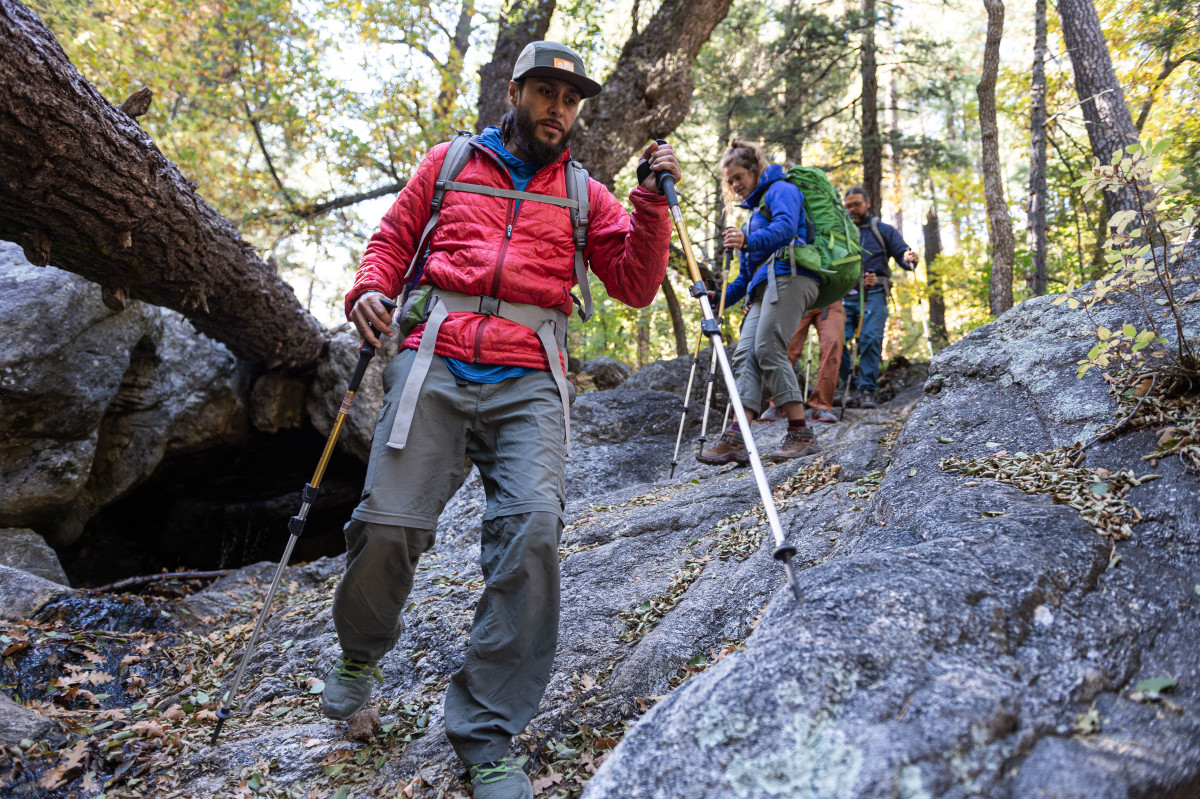One of NOLS founder Paul Petzoldt’s endearing habits was challenging students to explain their choices and the principles behind their decisions and techniques. He wouldn’t settle on one best way to do something; he sought the practical and effective way.
Unfortunately, it’s not uncommon for students of first aid and pre-hospital medicine to be taught in absolutes; practices that supposedly work all the time, practices framed as being based on solid evidence but in reality often founded on bronze, not gold standard, science.

In both urban pre-hospital and wilderness medicine, experts argue best practices. The value of IVs, lights and sirens and air transport are only a few of the urban ambulance practices that are taken for granted, yet are controversial. On the wilderness side, we debate the efficacy of traction splints, pressure immobilization bandages, evacuation guidelines and whether we should “clear a spine,” reduce a dislocation or straighten a fracture.
This uncertainty can cause anxiety in the Wilderness First Responder (WFR) whose patient doesn’t quite fit the profile presented in class or whose teammate insists, with absolute certainty and confidence, that their way is the only way. Everybody knows people who are dogmatic preachers - confident and passionate that their technique or knowledge is the final word. Yet, a wise NOLS instructor once said, “If you step in dogma, your shoes stink.”

Petzoldt’s aspiration was to develop leaders with judgment; the ability to reason when challenged by missing data or conflicting information, when we’re at the edge of our experience and training. He helped young outdoor leaders make decisions by guiding them with principles; take care of people first, then the gear, then the environment.
An effective first aid education is also grounded in principles; stop if you’re hurting the patient, move people gently and carefully, make a sound patient assessment, attend to the ABCs, etc.
There is a place for practices we know are helpful; for example, chest compressions in CPR and direct pressure in bleeding. But there are also scenarios where there can be many ways to solve a problem, many of them workable, none perfect. In these scenarios novices need cookbooks, with treatment principles that are sound recipes.
Wilderness medicine training shows students recipes that work while helping them to be thinking cooks and use judgement along with their cookbooks.
Learn more about certifying or re-certifying in wilderness medicine.
Editor's note: Published 06/2008, revised 07/2015 and 05/2018
Written By
Tod Schimelpfenig
As a NOLS Instructor since 1973 and a WEMT, volunteer EMT on ambulance and search and rescue squads since the 70s, Tod Schimelpfenig has extensive experience with wilderness risk management. He has used this valuable experience to conduct safety reviews as well as serve as the NOLS Risk Management Director for eight years, the NOLS Rocky Mountain Director for six years, and three years on the board of directors of the Wilderness Medical Society, where he received the WMS Warren Bowman Award for lifetime contribution to the field of wilderness medicine. Tod is the founder of the Wilderness Risk Manager’s Committee, has spoken at numerous conferences on pre-hospital and wilderness medicine, including the Australian National Conference on Risk Management in Outdoor Recreation, and has taught wilderness medicine around the world. He has written numerous articles on educational program, risk management and wilderness medicine topics, and currently reviews articles for the Journal of Wilderness and Environmental Medicine. Additionally, he is the author of NOLS Wilderness Medicine and co-author of Risk Management for Outdoor Leaders, as well as multiple articles regarding wilderness medicine. Tod is the retired curriculum director for NOLS Wilderness Medicine and is an active wilderness medicine instructor



